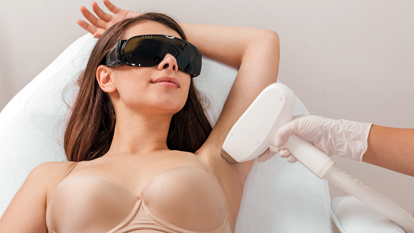An overview of all hair removal methods and their advantages and disadvantages

The desire to remove unwanted hair usually begins during adolescence and never ends. Whether it is hair on the face, armpits, legs, bikini line or other body parts, many women and men would like to get rid of it. There are many different ways to remove unwanted hair, but few methods eliminate unwanted hair permanently.
Shaving
We'll start with a classic. Shaving is a process in which blades, or a razor, are used to cut off hair at the level of the skin's surface. Unlike some other methods, shaving is safe for all skin and hair types.
There are two basic options when it comes to shaving: manual razors and electric versions. Traditional shavers, like the one probably in your shower right now, are simple to use and readily available. Unfortunately, most traditional shavers also require replacement blades, which can make them more expensive in the long run. And because they get so close to the skin, they can also damage that smooth skin underneath.
Electric shavers use fast oscillating blades that are covered with a perforated steel guard that allows the hair (but not the skin) to pass through. Unlike traditional razors, which work best on damp hair, electric razors can also be used on dry hair, and while they don't shave as smoothly as a razor blade (meaning you have to use them more often to achieve the same result) there are also virtually no cuts, making them perfect for tricky areas or people with shaky hands.
Although usually a painless hair removal method, skin-level shaving can cause ingrown hair, especially for those with naturally curly hair.
Pain
None to low
Lasts
1-3 days
Cost 20 years
€ 4.300

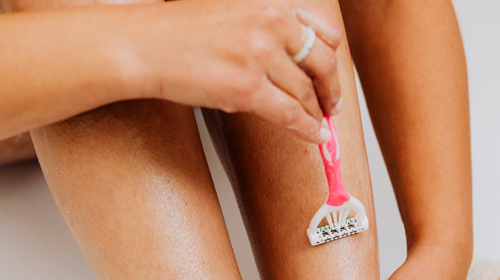
Elektrolysis
Electrolysis uses short-wavelength radio frequencies that are sent through fine needles directly into your hair follicles. The purpose is to destroy the hair follicle so that it does not stimulate new hair growth.
Like laser hair removal, electrolysis is considered a permanent solution by the Food and Drug Administration. Multiple follow-up appointments are required for best results.
Most people need follow-up sessions every week or two.
Electrolysis can be performed anywhere on the body and works for most skin types. The most common side effect is pain and redness due to skin irritation. Rare but serious side effects include scarring and infection from the needles, as well as keloids (an overgrowth of scar tissue).
Pain
High
Lasts
Permanent
Cost 20 years
€ 900-2.500
Depilatory creams
This treatment consists of an over-the-counter gel or cream that you apply to your skin. It works by weakening a protein in your hair called keratin. This causes the hair to fall out and can be easily brushed off.
Common active ingredients are salts of thioglycolic acid and thiolactic acids. These compounds break the disulfide bonds in keratin and also hydrolyze the hair so that it can be easily removed. Previously, sulfides such as strontium sulfide were used, but because of their unpleasant odor, these have been replaced by thiols.
This hair removal does not target the hair follicle, so results last at least a few days and up to two weeks.
Make sure you use the right cream for the area where you want to remove the hair. Some creams are meant for the face, and others for the body or pubic area.
It is a good idea to do a patch test on a small part of your skin before using chemical hair removal on a larger part of your body. Side effects of this treatment include chemical burns, rashes and blisters.
Pain
None to low
Lasts
3 - 14 days
Cost 20 years
€ 2.100-3.200
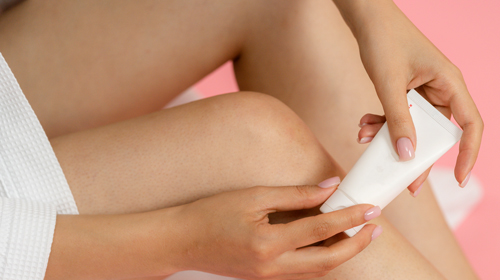
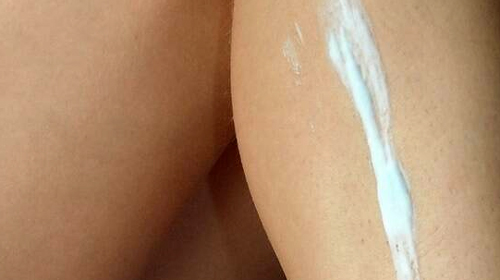
Pharmaceuticals
Eflornithine (α-difluoromethylornithine or DFMO) is a drug with several uses. It was originally developed as an anti-cancer agent. Although no significant effects on cancer could be found, the drug proved to be very effective against sleeping sickness and hirsutism (unwanted facial hair).
Eflornithine (Vaniqa) is applied twice daily for a month. It works by inhibiting the production of enzymes that stimulate hair growth.
According to a study on this treatment, results can last up to eight weeks, after which you can start the process all over again.
Eflornithine only works for facial hair, and is better suited for women. Some side effects include burning, rashes and acne breakouts due to disruption of the follicles.
Epilator
An epilator is a device that pulls out your hair at the root. Think of it as a kind of automatic tweezer. By moving the epilator slowly over your skin and keeping your skin taut, you can pull out the hairs one by one and reveal smooth skin underneath.
You should exfoliate your skin before using an epilator. If you don't exfoliate your skin before use, you increase the risk of ingrown hairs.
Pain
Medium to high
Lasts
2 weeks
Cost 20 years
€ 1.280
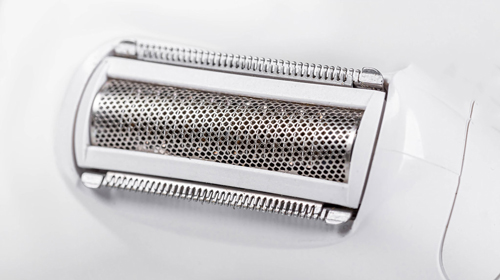
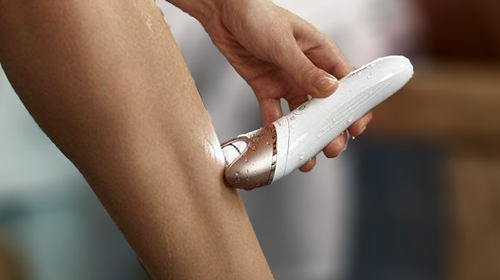
Waxing
One option for smaller body parts is professional waxing by a licensed beautician. When hair is removed this way, it is pulled directly from the root. Depending on how fast your hair grows, the results can last from two to eight weeks.
Hair waxing is fairly simple. With some hot wax, an applicator and a cloth strip, you can remove hair anywhere on your body in seconds. An applicator is used to apply wax to the skin in the direction of hair growth. Then a strip of fabric, such as muslin, is placed over it and smoothed in the same direction as hair growth. The final step involves pulling the strip of muslin off the skin in the opposite direction of hair growth. With proper technique, waxing pulls the hair out of the follicle. The result is smooth skin with no visible hairs on the surface. However, the follicle remains intact in the dermis layer of the skin.
Pain
High
Lasts
2 weeks
Cost 20 years
€ 6.000
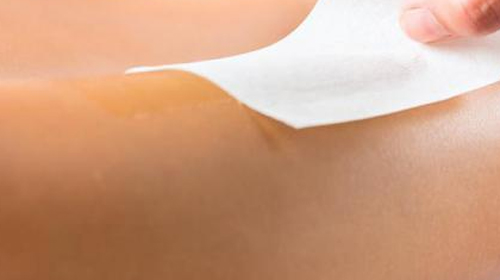

Sugar waxing
Sugar waxing is similar to a classic waxing, with the major difference being that sugar resin or sugar paste is 100% natural and vegan. It consists only of water, sugar and lemon. On average, you go back every two - four weeks for a sugar waxing.
Waxing involves applying wax in the same direction as hair growth and removing wax in the opposite direction. With traditional waxing, hair follicles can break in half because you are pulling against the direction of the hair follicles. With sugar waxing, you apply the mixture in the opposite direction and pull the hair in the direction of growth.
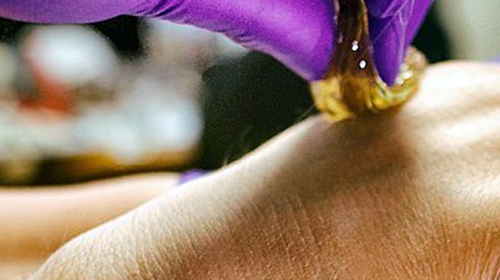
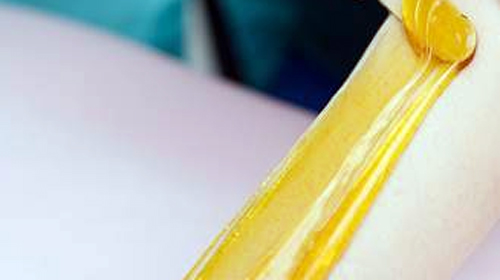
Laser hair removal
Laser hair removal uses a process called selective photothermolysis. The heat from a laser destroys cells with a lot of pigment (color). Because dark hair has a lot of pigment, it absorbs the most heat. The hair transfers the heat to the hair follicles and destroys them, preventing the hair from growing.
A hair follicle must be in the anagen, or growth phase, for the procedure to work. Hair follicles are in different stages at different times, so most people need multiple laser treatments.
Most commonly, laser hair removal is used to treat the face, body, legs, armpits and pubic area.
Pain
Low to medium
Lasts
Permanent
Cost 20 years
€ 400-2.200





